The Potato in Fine Art
Do you prefer your potatoes in a landscape or in a still life or in a stew? Come with me on a tour of the humble potato in art.
Candy Bedworth 3 May 2024
Long before Julia Child published Mastering the Art of French Cooking, artists had already made the connection between food and art. But how to approach cooking?
Is cooking a science—a precise series of mechanical steps that will yield a perfect product, time and time again? Or is cooking an art form—a blank canvas where the cook is free to discover unexpected, serendipitous, delightful combinations? The answer might be somewhere in the middle…
Cooking, like art, can be a transformative experience with the right approach and preparation. Just like the master experiments with different mediums and techniques to bring their artistic vision to life, the cook can rely on culinary know-how that will make the process enjoyable, and the result is a real treat.
Our lives have been deeply affected in the past two years due to the crisis created by the pandemic. The social distancing measures attempting to curb the spread of the virus have given us all more time at home, and, with more time at home, we developed the need to cook more.
In honor of all the cooks who have discovered—or re-discovered—the art of cooking during this time, let’s look at how the masters have shown us the food of art and the art of food.
Cooking is like painting or writing a song. Just as there are only so many notes or colors, there are only so many flavors — it’s how you combine them that sets you apart.
Wolfgang Puck, Austrian chef.
Combining flavors in cooking is like combining pigments in art—a matter of flair and technique, but an internet search for “basic cooking techniques” renders upwards of 87,000 results. What are some of these basic cooking techniques that every home cook should master?
Movements like The Food Movement and Slow Food have underscored the importance of eating seasonally and locally, with as many fresh ingredients as possible.
Here, Pieter Aertsen portrays an incredible spread of produce in a market back in the 16th century. Aertsen is credited as being the first to paint monumental genre scenes, which combine still life and genre paintings and often include Biblical scenes in the background.
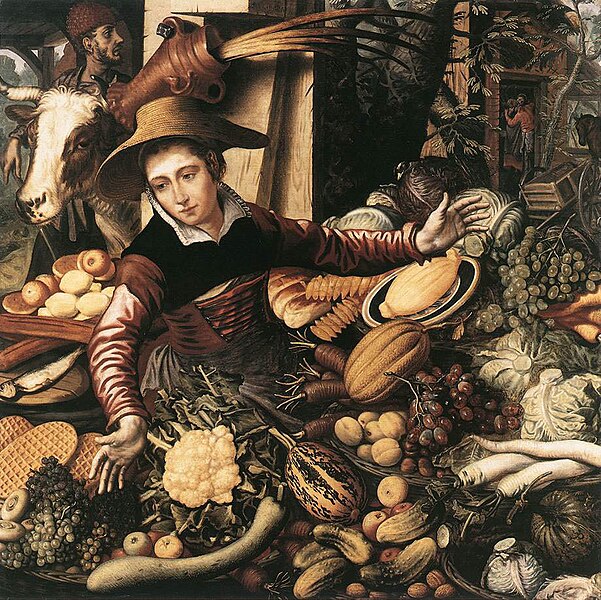
Much of cooking involves cutting, chopping, and peeling, so basic knife skills are a must. Here we see one of the potato peelers Van Gogh painted during the two years he lived in Nuenen. He really wanted to show his improvements in figure painting during this time, but also to portray hard-working people in their element.
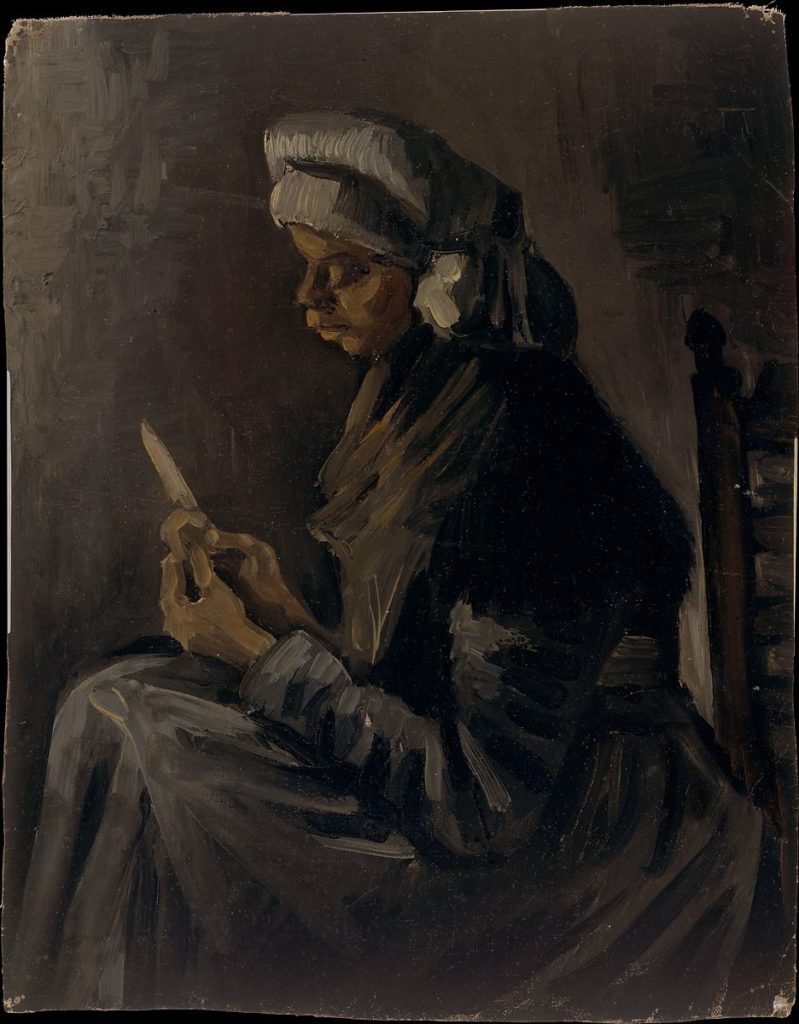
This is a French term that simply means “set in place” and refers to having everything prepared before beginning to cook. Mise en place helps by batching tasks in such a way that once the cooking process begins, it is not interrupted. The young lady in Andrea Commodi’s Kitchen Interior has gathered an interesting assortment of ingredients—what is she cooking?
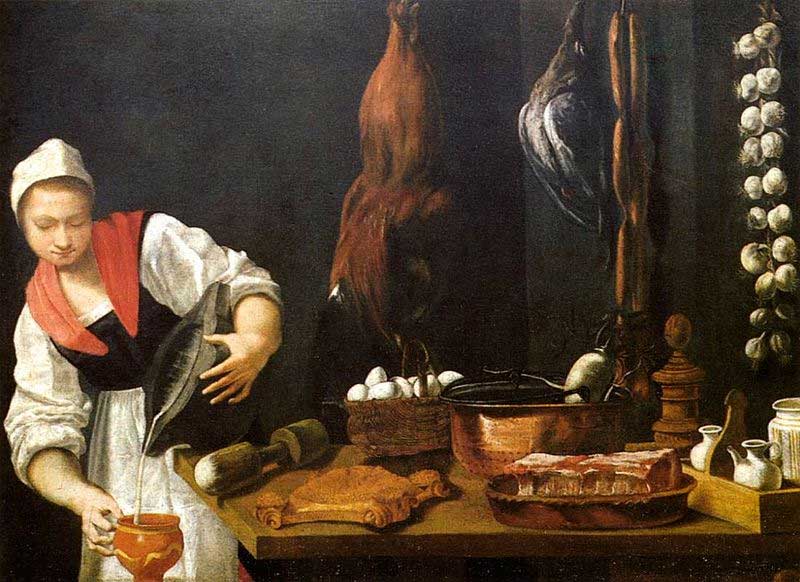
Using recipes is a great way to learn how to cook. Recipes outline all the ingredients and steps necessary to produce anything from staples like ketchup or buttermilk, to full-course dinner menus.
Did you know that the history of recipes goes back a few thousand years? Archeologists have discovered cuneiform tablets from Mesopotamia containing recipes that are 4,000 years old.
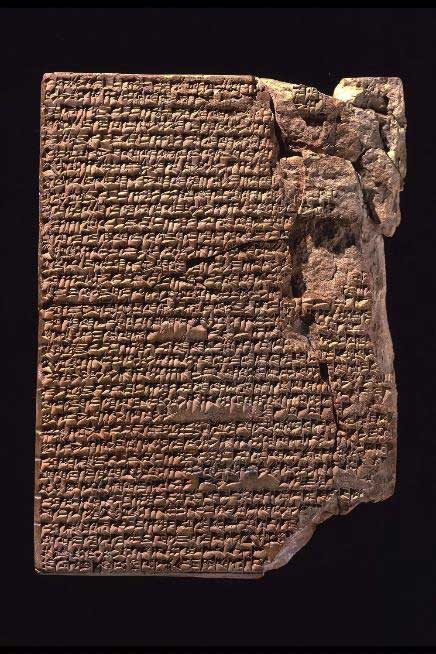
If lifestyle and food preferences allow, eggs can be a quick and easy way to include protein in one’s diet. There is evidence of egg consumption dating back to the Neolithic age, but here we see a family from the 17th century getting ready to enjoy them fried, through the eyes of Diego Velázquez.
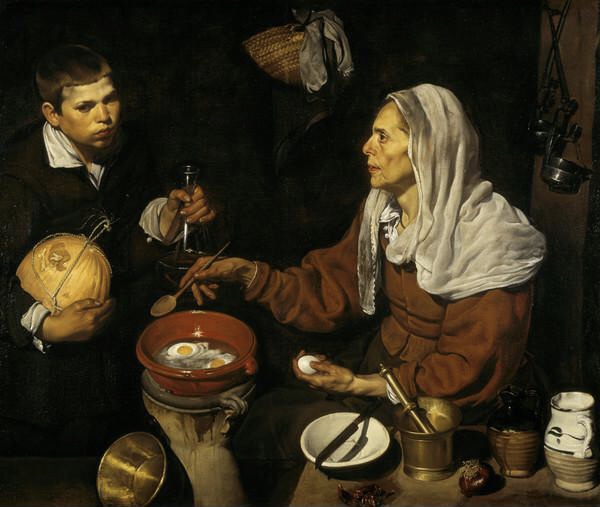
Roasting is a dry-heat cooking technique, which means that the heat is transferred by air, rather than by submerging the food in a liquid. Roasting used to be done in the open air, but now it is easiest to roast in the oven.
Here, Joachim Beuckelaer shows us roasting as it was done in 16th-century Antwerp. Beuckelaer trained in the studio of Pieter Aertsen, and the similarities in the style and theme of their works are apparent.
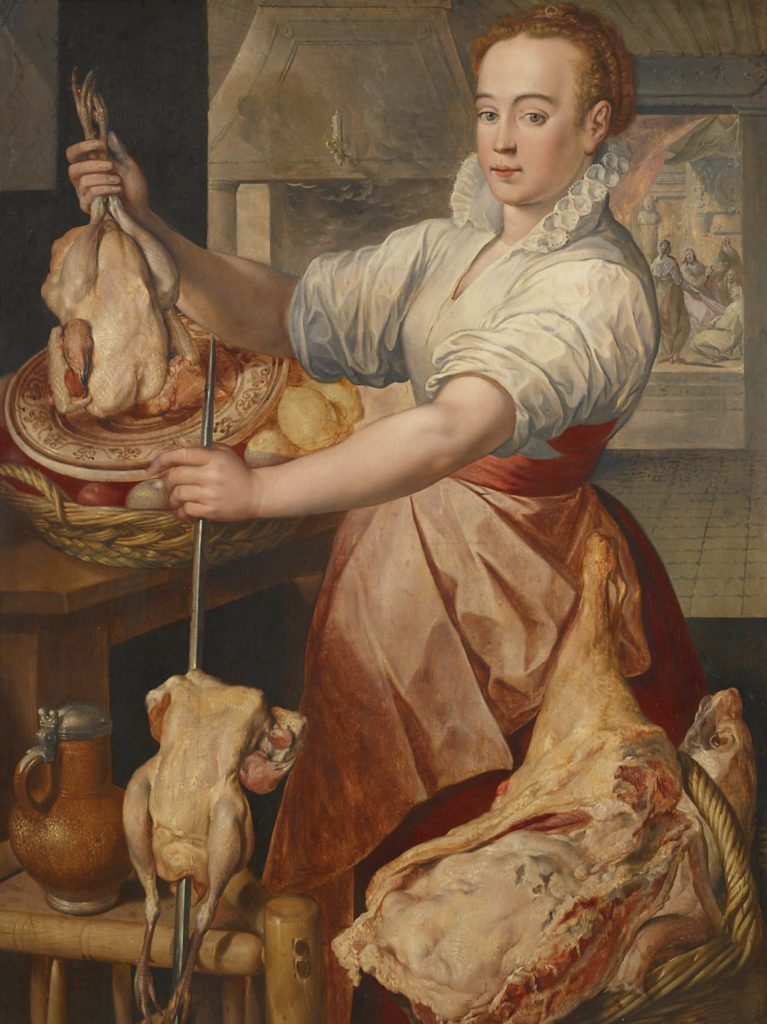
Rice came to us through China and has become a staple of many cuisines. With more than 40,000 varieties, rice is easy to find, keeps for a long time in the pantry, cooks quickly, and can be dressed-up in a number of ways to create a new dish every time.
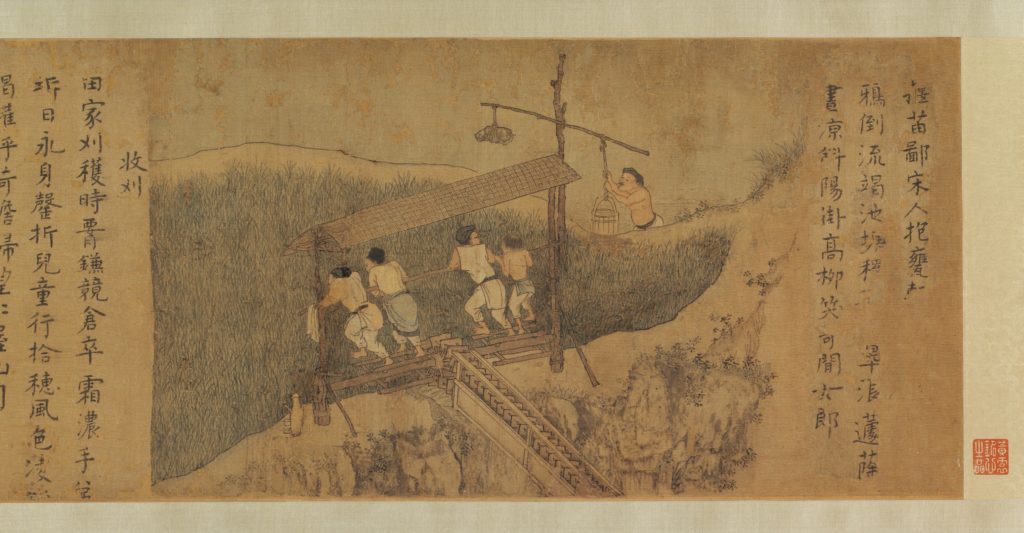
Searing is to brown the food in a pan until it forms a crust, then finish the cooking in the oven. This preserves the moisture inside, making meat, chicken, fish, and other proteins particularly tasty and delicious.
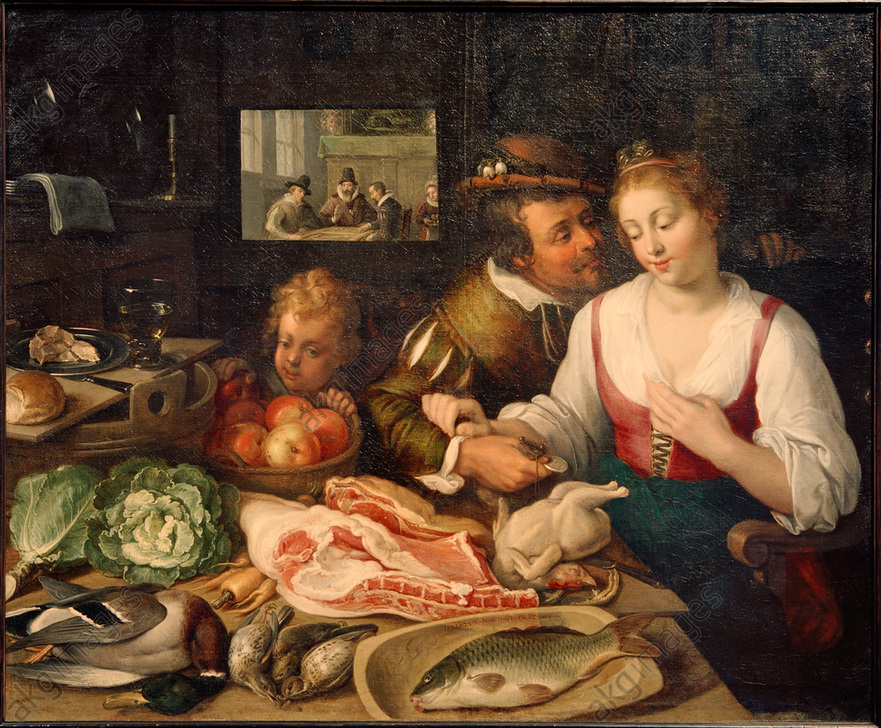
Pancakes also have a long history. Archeologists estimate that humans were eating pancakes over 5,000 years ago, more likely even earlier than that. Greeks and Romans ate them sweetened with honey, and many cultures have adapted them to their taste, such as the French crêpe. Americans love to enjoy pancakes for breakfast, and they are very easy to prepare.
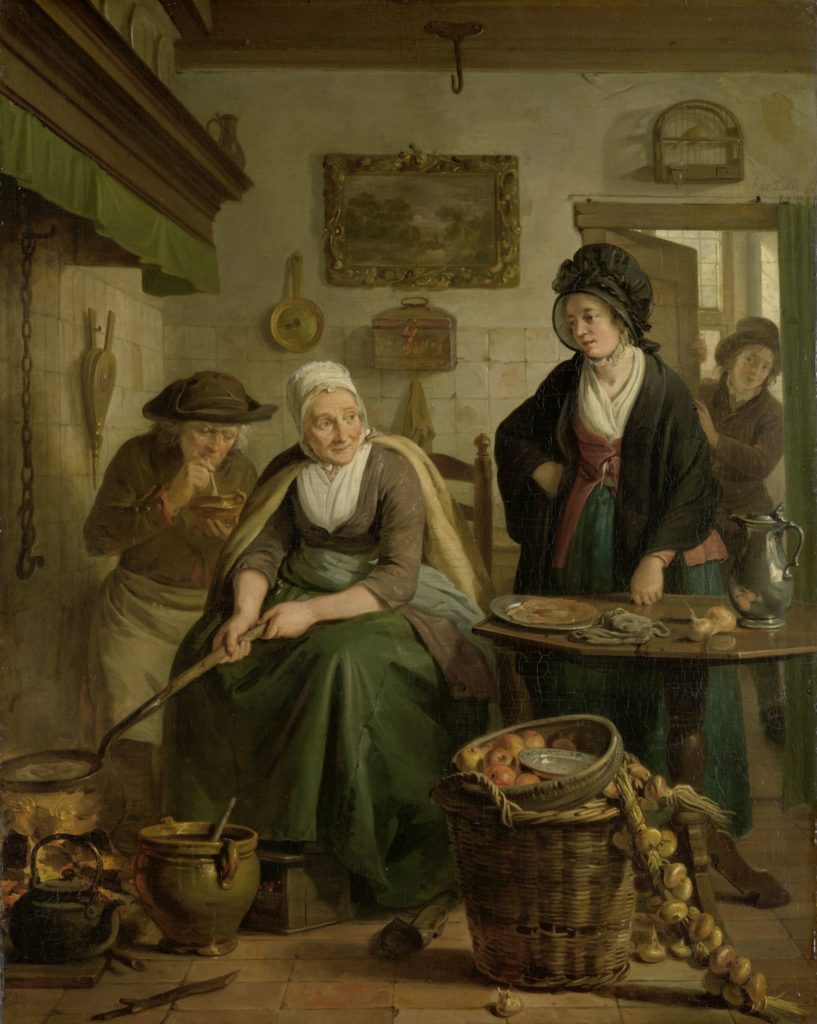
In a world where processed food has become the norm, the freshness of vegetables and fruits can help restore balance and connection to one’s roots. Salads are an excellent way to incorporate seasonality and variety into our days, while providing much-needed nutrients to our diets.
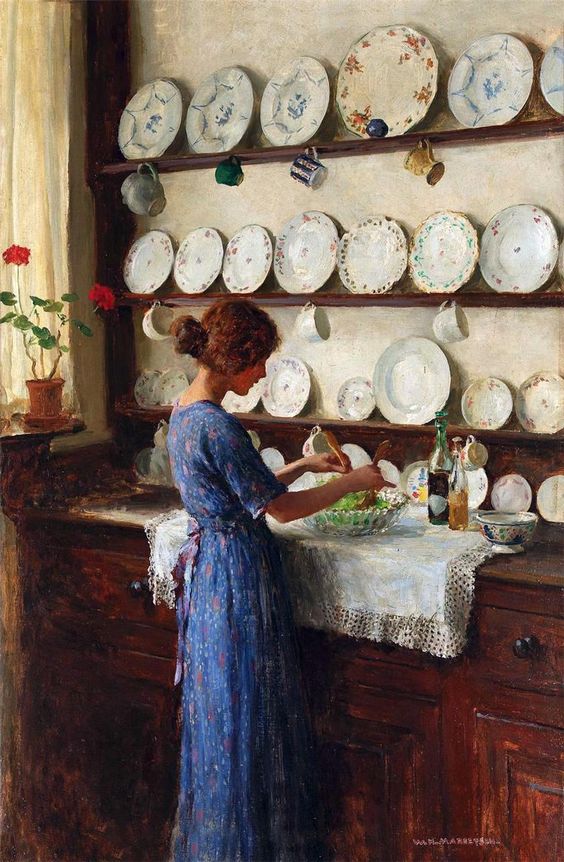
The word “sauce” comes from French and it means a relish or dressing. Archaeologists know that Romans used sauces, possibly to conceal the taste of spoiled food. As our fabulous example by Vibert shows, already in the 19th century sauces were being used to add flavor and texture to food.
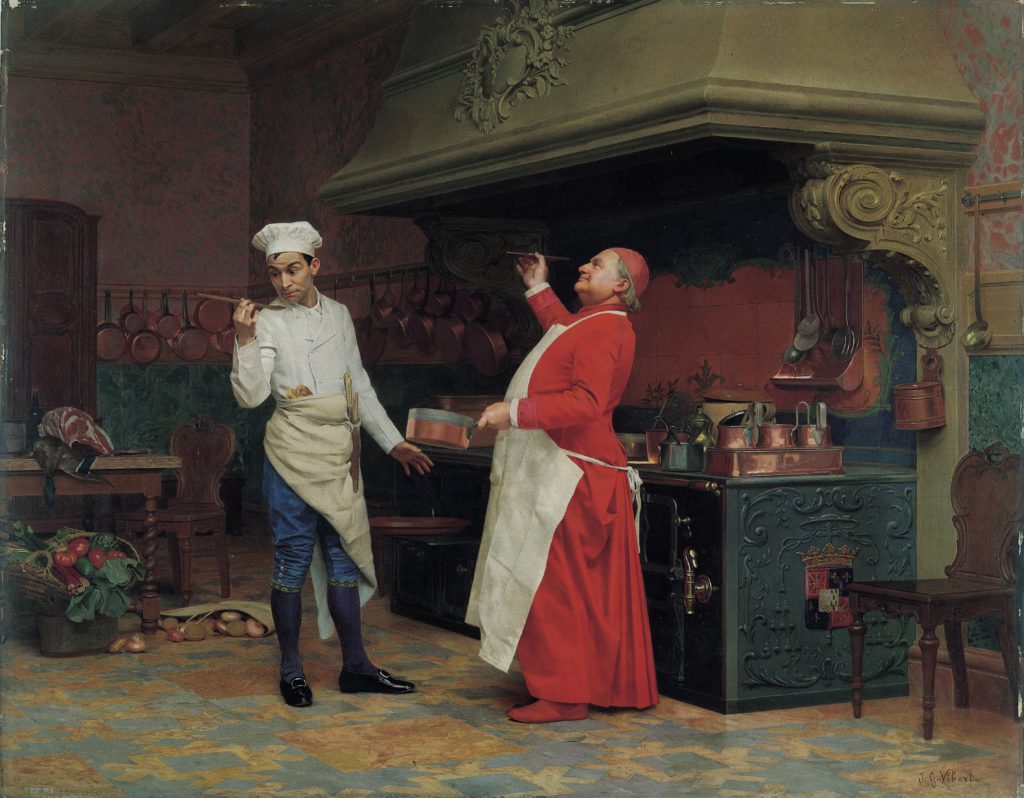
Roasting is not only for meats, and roasting vegetables adds a great depth of flavor while preserving all the nutrients, and it is another great way to bring seasonality into the kitchen.
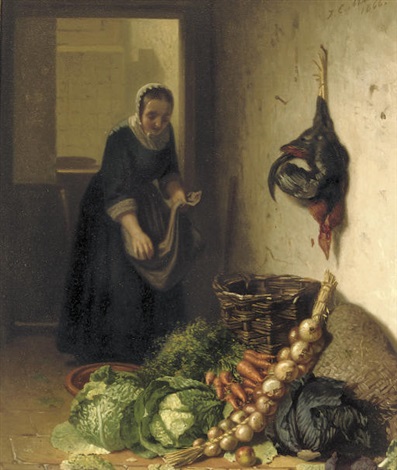
The world’s oldest oven was discovered in Croatia, and dates from around 6,500 BCE. Bread is so ubiquitous, the aroma of fresh bread immediately conjures up memories of home and comfort. In recent weeks it has been difficult to find both flour and yeast, so many people have turned to wild yeast sourdough bread instead. If allergies are a problem, here is a recipe for a gluten-free wild yeast sourdough starter, while bread in a bag is an easy way to make a delicious loaf with minimal work.
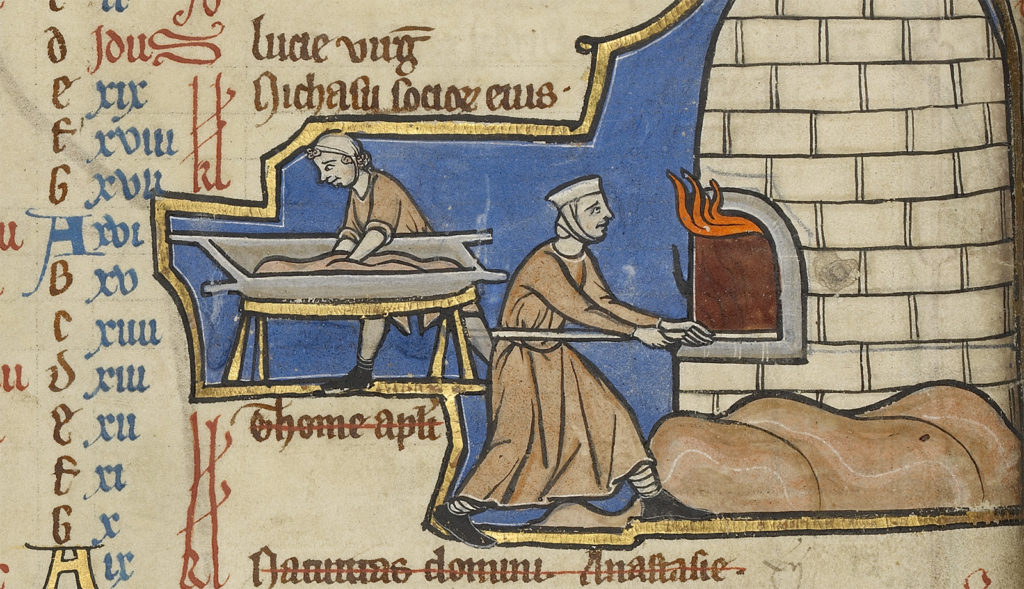
Egyptians were using spices to season their food as early as 3,500 BCE. Seasoning is truly the quickest, surest way to improve flavor and give variety to any food.
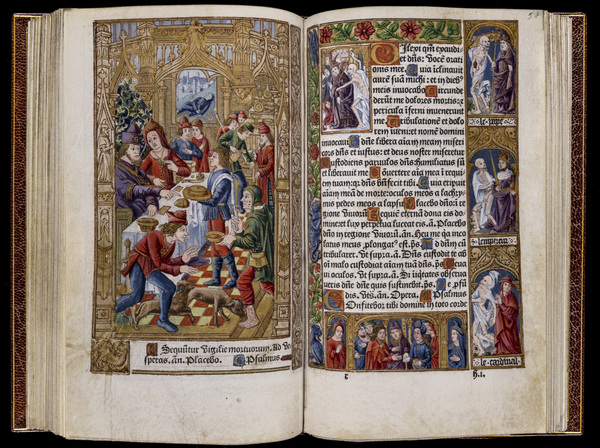
Guy Fieri said: “Cooking is all about people. Food is maybe the only universal thing that really has the power to bring everyone together. No matter what culture, everywhere around the world, people eat together.” And there is the Irish proverb, “Laughter is brightest where food is best.” Whether you have entered into cooking out of necessity or love during this season, may you find ways to enjoy the process and create art in the kitchen for yourself and yours.
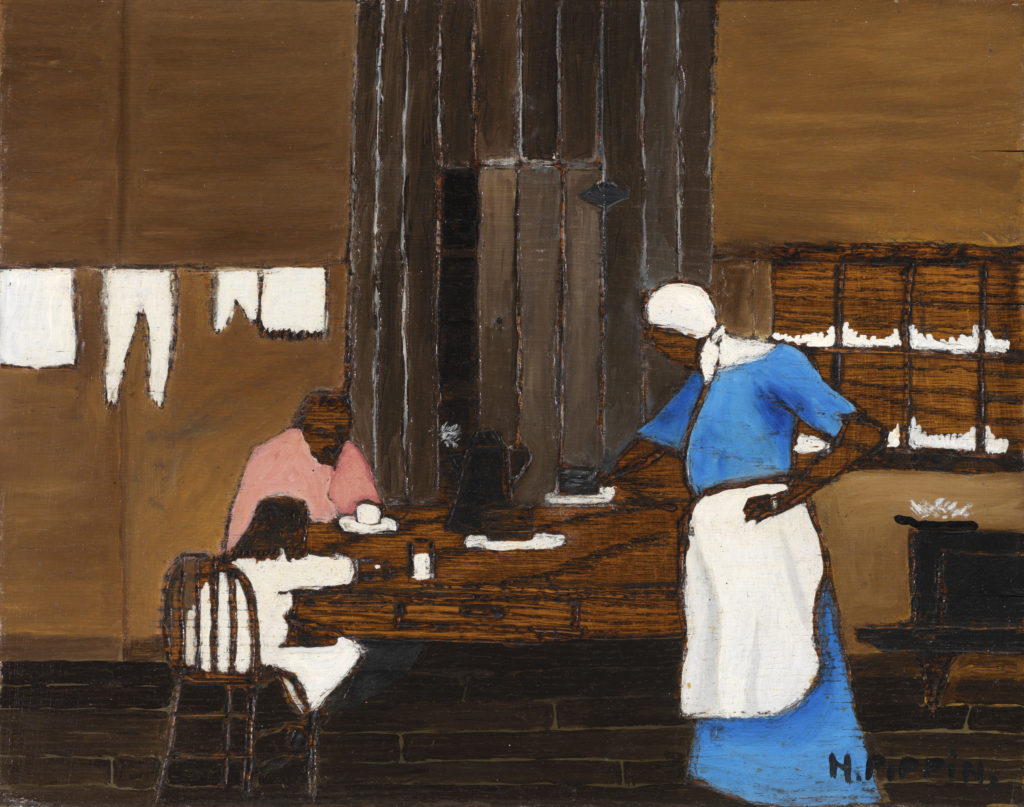
DailyArt Magazine needs your support. Every contribution, however big or small, is very valuable for our future. Thanks to it, we will be able to sustain and grow the Magazine. Thank you for your help!